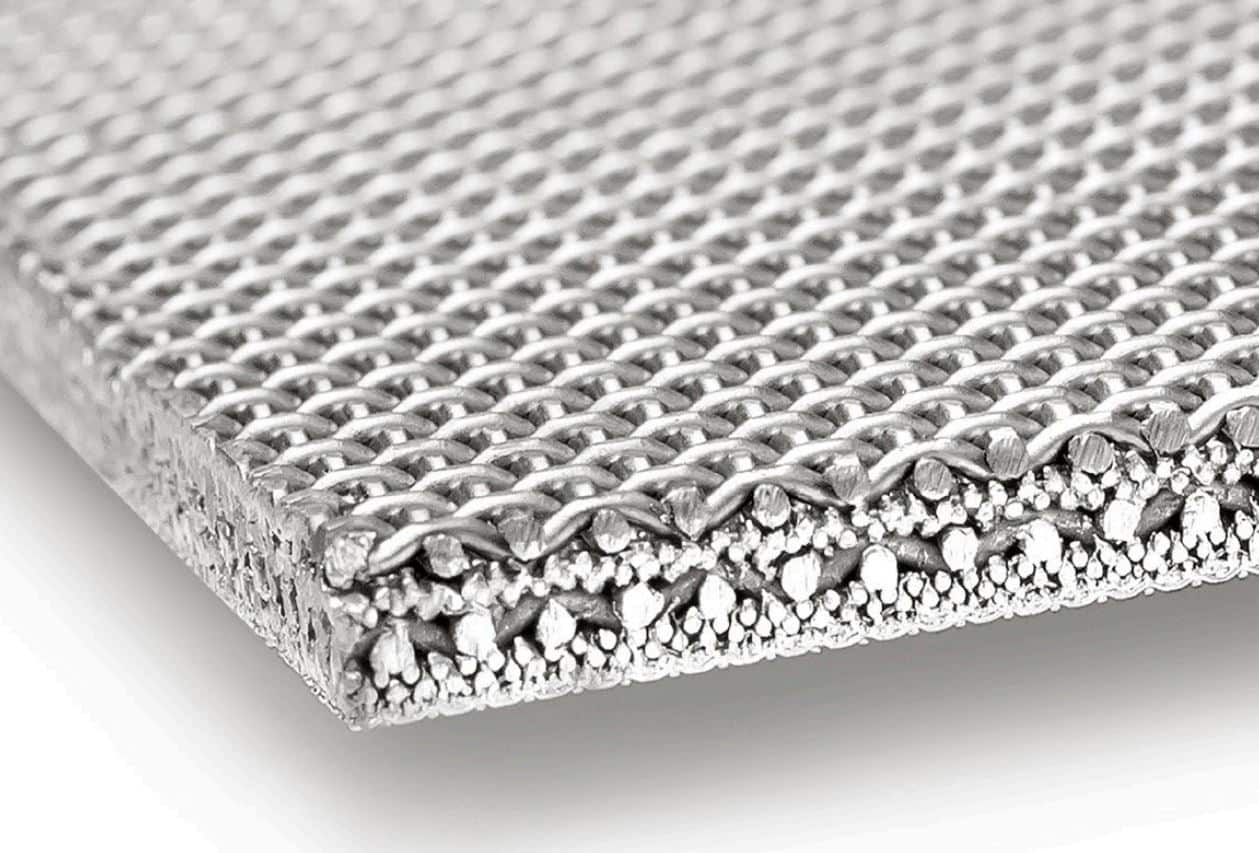Woven Wire Chromatography Frit Design: Using the Right Specifications
In the world of chromatography, you must always be on the hunt for peak precision and efficiency. A key component to achieving your goals is identifying and integrating reliable screen media, such as a woven wire chromatography frit.
These screening mediums are critical to the overall success of your chromatography; thus, it is imperative that the design and construction of a woven wire chromatography frit is meticulous. But what exactly should you be mindful of when designing a woven wire chromatography frit?
W.S. Tyler has been at the forefront of innovative woven wire solutions for over 150 years. We strive to help you gain a comprehensive understanding of how to integrate woven wire chromatography frits that deliver accurate and repeatable results.
With this in mind, we wrote the following article to provide insight into the many parameters surrounding the design of quality woven wire chromatography frits. It will cover:
- Alloy selection
- Mesh count selection
- Layer configuration selection
Picking the Right Woven Wire Chromatography Frit Alloy
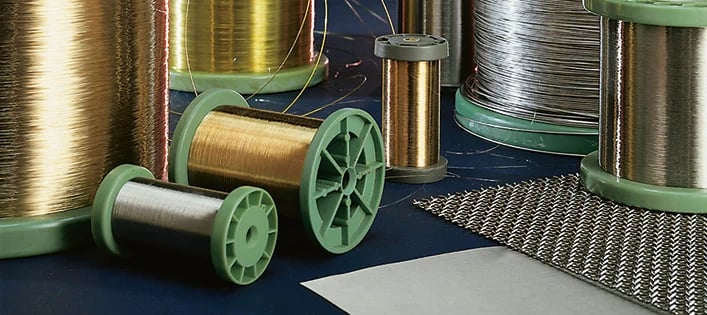
There are several material alloy options to choose from when selecting a sintered woven wire filter plate for column chromatography. Three of these options are:
Depending on your operation's needs, you could use any one of these or even all three. With these filter plates, though, there are certainly cases when, in terms of cost, less is more.
Certain components of each have varying costs and are included to achieve certain operational thresholds. For example, you may require a filter plate that is extremely corrosion-resistant and calls for a high nickel content.
Now, there's more that makes up all of these, but for this simple cost exercise, we'll use the Iron content as a counter measurement. In that case, you'd be looking at (on average):
- 316: 12% Nickel // 69% Iron
- 904: 25% Nickel // 41% Iron
- Hastelloy C-22: 56% Nickel // <3% Iron
If you take into account that at the time of writing this article, the average cost of iron is $0.04/lb. and the average cost of Nickel is $7.30/lb., you can see that there's going to be a significant cost difference between these three alloys. So, in summary, if a process can be run properly with 316, then Hastelloy C-22 will likely work, too, but is it worth the investment?
Be sure to investigate your process needs and share those with your material supplier to be sure you've got the right alloy for your process.
Understanding the Opening Size of Your Woven Wire Chromatography Frit
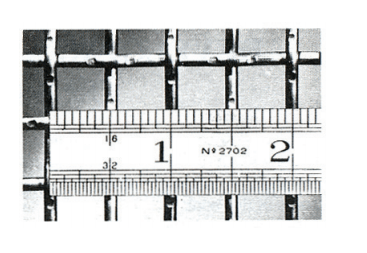
Opening size is going to be the other major factor when it comes to your filter plates. Opening size is going to be dictated by several factors, namely:
- Mesh Count
- Wire Diameter
- Number of Layers
Mesh count refers to (in ASTM) the number of openings in a linear inch. For example, a mesh count of 10x10 will have 10 openings in each direction in an inch. Wire diameter is simply the wire width used in the mesh and is placed after the mesh count in the material description.
By this reasoning, we can determine that a 10x10 .020 has bigger openings than a 10x10 .022 because the number of openings stays the same, and the wire is smaller. Standard weaves or "plain weaves" have the same mesh count in both directions, like the ones used above.
Many multi-layer sintered filter plates use a "filter weave" as the filter layer, and these are a bit more complex. For example, you could see something like a 165x800. In this case, you'd have 165 openings in one direction and 800 in another, and you'd have two different wire diameters.
When it comes to plain weaves, it can be easy to infer the general size of your openings, but as filter weaves are more complex, we're happy to provide any information you may need.
Get to know the key differences between plain weaves and filter weaves in the article linked below:
Selecting the Right Layer Configuration
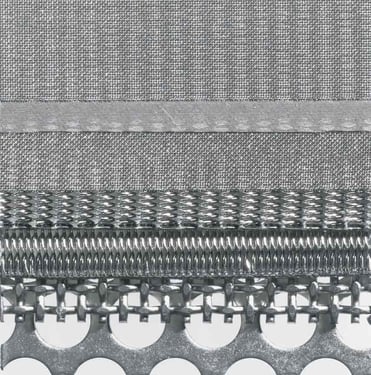
|
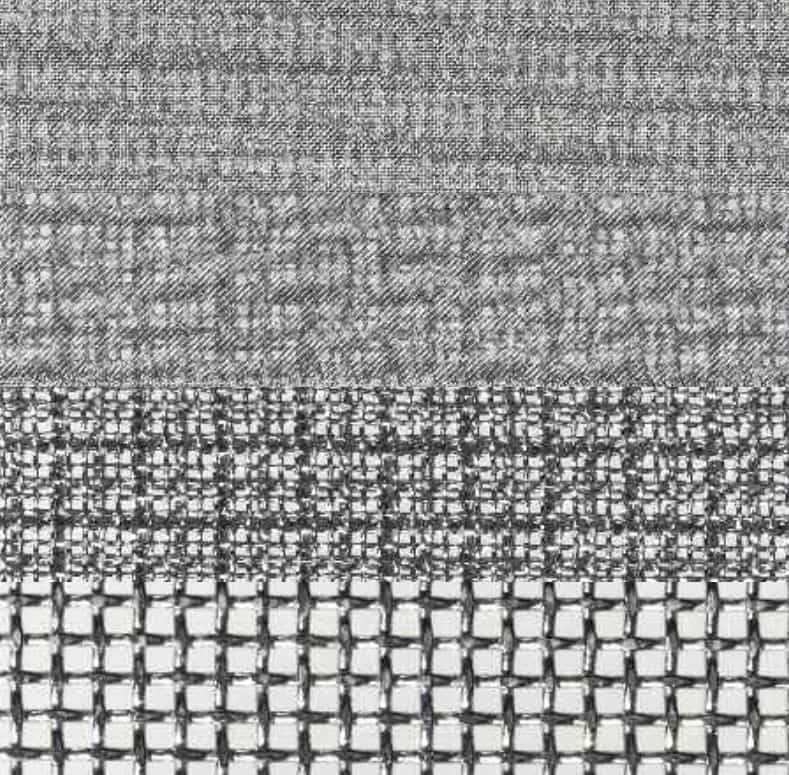
|
It is critical that you fabricate your woven wire chromatography frit using a layer configuration that delivers the ideal balance between separation performance and flow rate. This requires you to consider parameters including:
- Mixture characteristics
- Size of the packing material (if applicable)
- Properties of the frit (i.e., thickness and density)
Multi-layered specifications are proven to do just that, improving flow distribution and optimizing separation efficiency. You can determine the specifications of each layer and the number of layers.
However, it is highly encouraged that you have, at a minimum, a coarse layer, an intermediate layer, and a fine layer.
The Design Is Right, but What About the Price?
From alloy to layer configuration, each specification that makes up a woven wire chromatography frit is integral to the optimization of your chromatography results. By being meticulous with the design of your frit, you create an efficient operation with enhanced efficiency.
Now, while the design of your woven wire chromatography frit is critical, how will its cost impact your budget? Knowing what dictates the cost of a woven wire chromatography frit will allow to fine-tune your design to ensure you obtain a functional solution that doen't break the bank.
Having been in the woven wire business for over 150 years, W.S. Tyler aims to leverage the knowledge within our four walls to help you make informed decisions and push the boundaries of what can be achieved.
For more information regarding the cost of a woven wire chromatography frit, read the article below:
About Sam Badger
Sam has been a part of the W.S. Tyler family for three years and is currently a sales manager, overseeing our fabricated parts and customized filters. To help deliver best-in-class solutions, Sam works to bridge the gap between customers, both new and existing, and our engineering team. Additionally, Sam provides on-site servicing of the ALPINE Air Jet Sieve e200 LS, striving to learn your particle analysis operation to resolve any issues you encounter and ensure your equipment continues to produce accurate and repeatable results.

